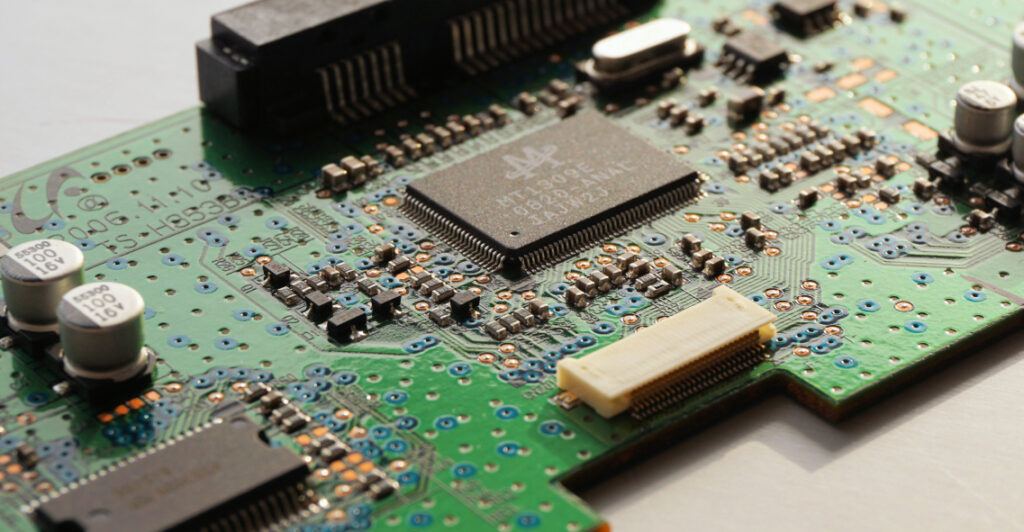From early experiments with electricity to the inventions that sparked the digital age, the field of electronics engineering has been shaped by brilliant and persevering scientists and engineers. Some of their discoveries have not only laid the foundation for our modern technological marvels, but created our world as we now know it. Here are a few of the most influential electronics engineering figures who inspire us.
Marty Cooper: “The Father of the Cellphone”
In 1973, the first handheld cellular mobile phone was unveiled — and Marty Cooper led the Motorola team that developed this device, which paved the way for modern wireless telecommunications. Weighing in at a whopping 2.5 pounds, Cooper’s DynaTAC prototype could provide only 30 minutes of talk time, but it sparked the mobile revolution.

John Bardeen: Co-Inventor of the Transistor
In 1947, John Bardeen co-invented the transistor with Walter Brattain and William Shockley at Bell Labs. This invention replaced vacuum tubes with smaller, more efficient semiconductor devices — effectively laying the foundation for modern electronics. As an electrical engineer and two-time Nobel laureate in physics, Bardeen and his work helped to launch the silicon age of digital computers and telecommunications.
Walter Houser Brattain: Co-Inventor of the Transistor
Walter Brattain shared the 1956 Nobel Prize for his pioneering work co-inventing the first working transistor with John Bardeen and William Shockley. This invention allowed for the miniaturization of electronics and paved the way for nearly every modern electronic device — from radios to smartphones.

Michael Faraday: Discovered Principles Underlying Electromagnetic Induction, Diamagnetism, and Electrolysis
Michael Faraday’s important discoveries in electromagnetism in the early 19th century have made him one of the most influential scientists in history. His work included the principles of electromagnetic induction, breakthroughs which laid the foundation for electric motors and generators. His discoveries led to major strides in electrical engineering and numerous applications.
Charles Francois De Cisternay Du Fay: Discovered Two Types of Electricity
A French Chemist, Charles Du Fay was the first to discover two opposing kinds of electricity (the precursor to the modern concepts of positive and negative charges). His work helped establish the foundations of electromagnetism and electricity, and enabled future breakthroughs.

Benjamin Franklin: Scientist, Inventor, Statesman
As one of America’s most well-known inventors, Benjamin Franklin made key contributions that increased understanding of electricity in the 1700s — and allowed for later electrical engineering advancement. In his famous kite experiment, Franklin demonstrated that lightning was a form of electricity. He also coined terms like positive, negative, battery and conductor.
As new generations of engineers and scientists tackle increasingly complex electronic challenges, we can draw inspiration from the forward thinkers who came before us. From Benjamin Franklin’s kite experiment to Marty Cooper’s handheld cell phone, these individuals and their work expanded the boundaries of what was possible — and have propelled electronics engineering forward into the modern day.


